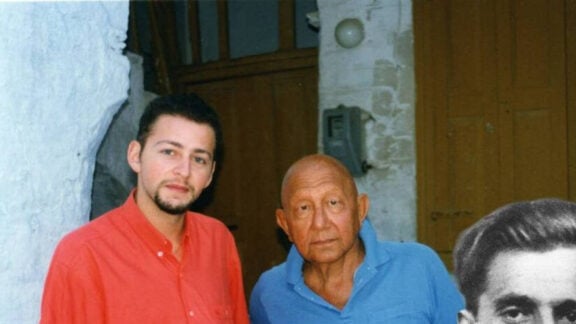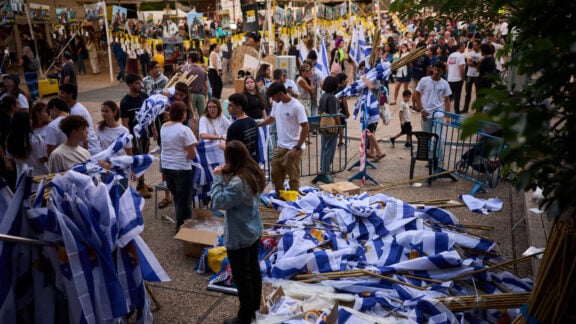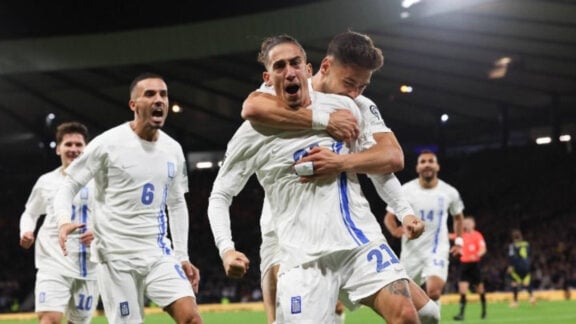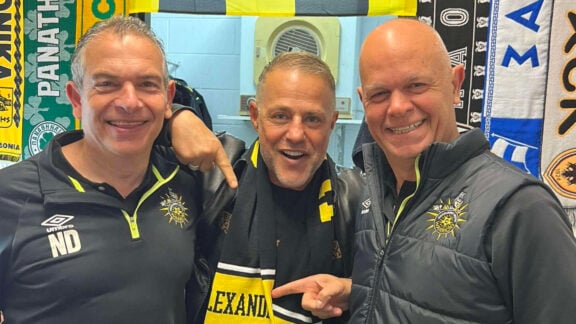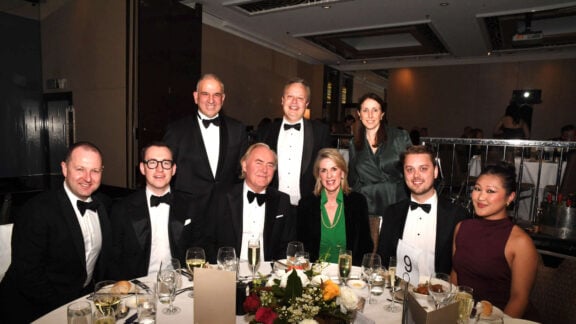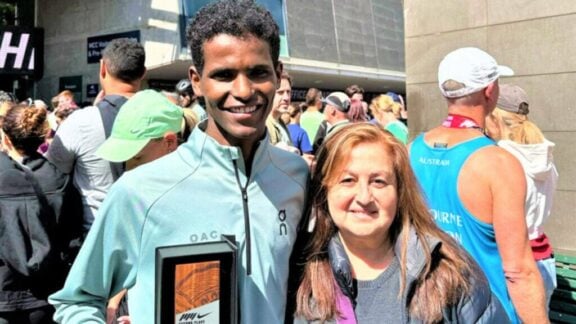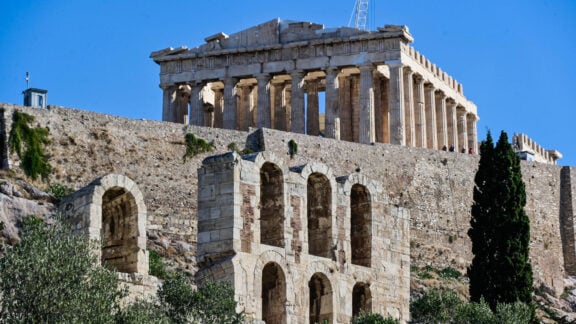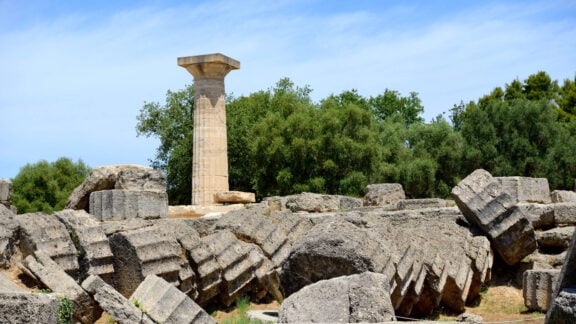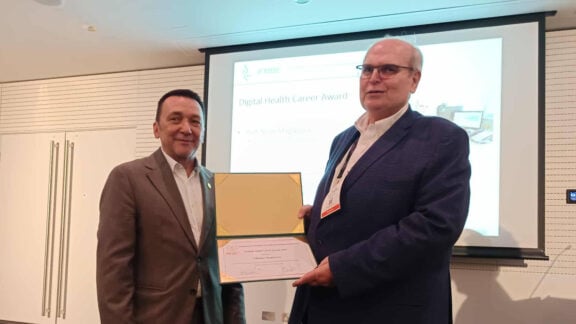The recognition of Gallipoli as a place of holy pilgrimage for the Australians and its economic and political exploitation by the Turkish government tends to obscure the contribution of Greece and especially that of the ‘Cretan Legion’. Today’s Australians are not aware of this contribution by Greece and we need to inform them.
In 1915, 8,709 Australians were butchered by the Turks and the Germans. But next to them fought 900 Greek volunteers who were part of the ‘Greek-Cretan Legion’, under the leadership of the Cretan Pavlos Gyparis from Asi Gonia of the Apokoronas, Hanion district, and some of them died there.
Pavlos Gyparis was a veteran of many battles and had been wounded in the Macedonian Struggle (1904-1908) and during the Balkan Wars (1912-1913) and was one of the most experienced fighters of the guerrilla struggle in Greece during that period.
Immediately the enlistment of volunteers commenced in Athens. Gyparis was sent to Crete to enlist volunteers from there. He went to Chania, Rethymnon and Heraklion and by the end of February he had enlisted about 300 volunteers; they boarded a ship and on the next day they arrived in Piraeus, where Gyparis had gathered from various parts of Greece about 600 men who were ready to leave for Gallipoli.
In the meanwhile the campaign at Gallipoli had started and the Allies were facing strong resistance.
Venizelos had toured the area of the Dardanelles and had visited the islands of Limnos and Tenedos. There he had met the admirals of Britain and during their discussions the admirals told Venizelos that their forces that had landed there were experiencing continuous night-time raids by non-regular Turks who were causing serious turmoil within their army because they could not chase them, as the Turks were disappearing soon after their attacks.
Venizelos told the admirals about Pavlos Gyparis, who had significant experience in non-regular combat, and that he was the only one who could fight the non-regular bands of Turks.
Towards the end of June 1915 Gyparis received orders for the Cretan Legion to be ready to land at Gallipoli, and specifically at the Xyrou (Saros) Gulf. The landing was aimed at engaging the Turkish army which was heading to the Suvla Bay fortifications that the English and Australian forces were planning to capture.
We need to mention here that with the Australian forces there were at least 57 Greeks who fought alongside them during the First World War, 1914 – 1918, of which six died and 18 were wounded. Some of them were decorated for their bravery. Of those 36 were born in Greece and the rest were second generation Greeks. Twelve of them fought in Gallipoli and some of them fought also on the French front, the rest of them on various fronts, mainly in France.
Here are listed the names of some of them: Henry, Harry and Alexander Crocos, Constantine, Lancelot and George Vafiopoulos, Leonidas and Gordon Manusu, David and James Jannese, Leonard and Albert Procopis, Arthur Kyriakos, Nikolaos Paidas, Jack Mark, John Zavitsanos, Constantine Aroney, Robert Crocos, Arthur Halkas, Peter Rados, Roy Ralph, Anastasios Rebea, Basil Makriyiannis, George Paxinos, Ioakeim Zannis, Emmanuel Tsalikis, Pantelis Kosopodiotis, Michael Gounelas, Themistoklis Copeleas, Dimitrios Lykiardopoulos, John Congear, Nicholas Magoulas, Minas Aslanis, Nicholas Capitaneas, Constantine Kailis, Dean Casos, Constantine Koufas, George Dermas, Agapitos Michael, Spyros Ebonomy, Antonios Eleftheriou, Dimitrios Emanovel, George Georgantis, Joseph Karkoe, Nicholas Maniakis, Panayiotis Matorikos, John Polisos, Harry Polites, Andrew Samios, George Papas (Papadakis), George Cretan (Μπικουβαράκης), Emos Lakis (Androulakis), Percy Koukousakis, Josph Morris (or Sifis Vogiatzis). The last five were from Crete.
The reader should not find strange the Anglicised names of some. Many of the first Greek migrants who came to Australia were Anglicising or abridging their surnames to avoid deportation or racism.
*Socrates Tsourdalakis is an author and historian.

